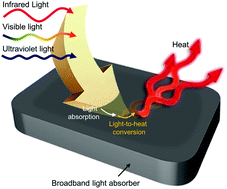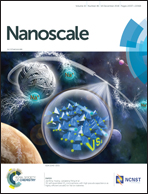Materials and design of nanostructured broadband light absorbers for advanced light-to-heat conversion
Abstract
Light-to-heat conversion systems have been attracting growing research interest in the last few decades, due to their highly intriguing photothermal properties and their wide applications ranging from biomedical applications to solar energy harvesting to mechanical actuators. In general, because the light-to-heat conversion efficiency depends strongly on the absorbing material, significant efforts have been focused on fabricating broadband light absorbers. However, there are several challenges associated with the design and fabrication of light absorbers, such as minimizing heat loss, and optimizing the broadband light absorption and omnidirectional light absorption. Thus, the rational design of enhanced light absorbers is critical to achieve efficient light absorption over a broad wavelength range. In this paper, we introduce the basic theory of light absorption and heat transfer, then summarize fundamental understanding of representative light-to-heat conversion agents including carbon-based, semiconductor-based and plasmonic metal-based materials and structures, and highlight state-of-the-art structural designs towards the development of broadband light absorbers. In addition, the practical applications of these materials and designs are also discussed.

- This article is part of the themed collection: Recent Review Articles


 Please wait while we load your content...
Please wait while we load your content...